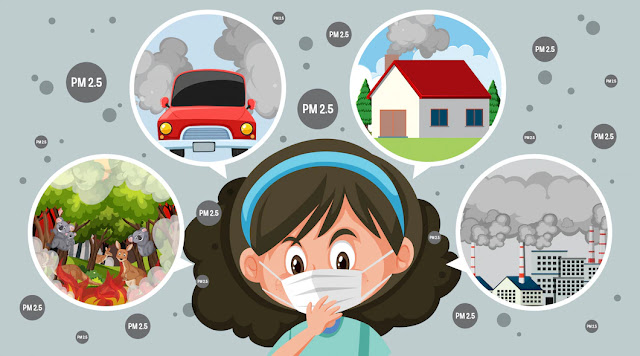In our modern world, we often associate our homes with safety and comfort. However, unbeknownst to many, there are hidden dangers lurking within the walls of our own households. Everyday household toxins pose a significant threat to our health and well-being. In this article, we will shed light on the truth about these toxins, exploring their sources, potential health risks, and ways to minimize exposure. By unmasking these hidden dangers, we can take proactive steps to create healthier living environments for ourselves and our loved ones.
Understanding Household Toxins
Household toxins can be found in various products and materials we encounter on a daily basis. These toxins include chemicals, pollutants, and substances that can negatively impact our health. Common culprits include cleaning products, air fresheners, pesticides, plastics, and certain building materials.
Health Risks and Effects
Exposure to household toxins can have adverse effects on our health. Chemicals found in cleaning products, for example, have been linked to respiratory problems, allergies, skin irritations, and even more serious conditions such as asthma and hormonal disruptions. Similarly, air fresheners and synthetic fragrances can release volatile organic compounds (VOCs) that may trigger headaches, respiratory distress, and allergic reactions.
Pesticides, commonly used to control pests in our homes and gardens, contain harmful chemicals that can have long-term health implications. These substances have been associated with increased risks of cancer, neurological disorders, and reproductive issues.
Furthermore, plastics containing bisphenol A (BPA) and phthalates can leach into our food and beverages, potentially disrupting our endocrine system and posing risks to reproductive health.
Minimizing Exposure and Creating Healthier Homes
Fortunately, there are steps we can take to minimize our exposure to household toxins and create healthier living environments:
Choose natural alternatives:
Opt for eco-friendly and non-toxic cleaning products, air fresheners, and personal care items. Look for products labeled as "green," "organic," or "natural," or consider making your own using simple ingredients like vinegar, baking soda, and essential oils.
Improve indoor air quality:
Keep your home well-ventilated by opening windows regularly, especially when using cleaning products or painting. Consider investing in air purifiers or indoor plants known for their air-purifying qualities, such as spider plants or peace lilies.
Go green in the garden:
Instead of using chemical pesticides and herbicides, explore organic and natural alternatives. Integrated pest management techniques, companion planting, and organic soil amendments can help maintain a pest-free garden without harmful chemicals.
Mindful product choices:
Be conscious of the materials used in household items. Opt for BPA-free plastics, glass containers, and stainless steel for food and beverage storage. Choose natural fabrics, organic bedding, and furniture made from sustainable materials to reduce exposure to potentially harmful substances.
Detoxify your home:
Periodically assess your home for potential sources of toxins. Replace old carpets with eco-friendly flooring options, check for lead-based paint in older homes, and ensure proper ventilation in areas prone to moisture, such as bathrooms and kitchens.
Conclusion
Unmasking the hidden dangers of everyday household toxins is a crucial step towards creating healthier homes and safeguarding our well-being. By understanding the sources and potential health risks associated with these toxins, we can make informed choices to minimize exposure. Through conscious product choices, natural alternatives, and improved indoor air quality, we can transform our homes into safe havens that promote health and wellness for ourselves and our families.


















0 Comments